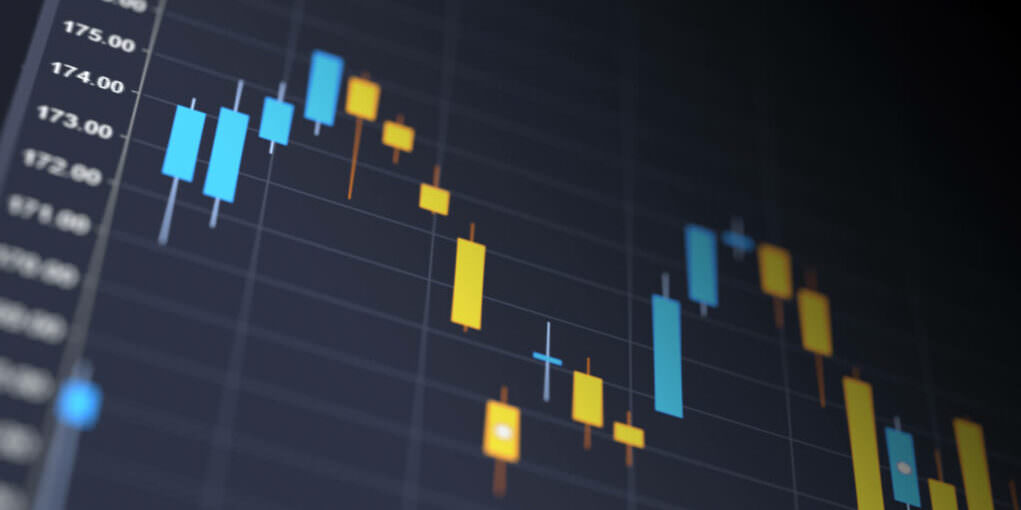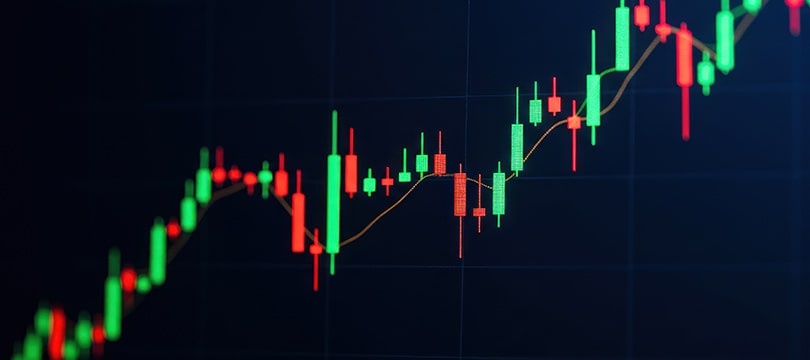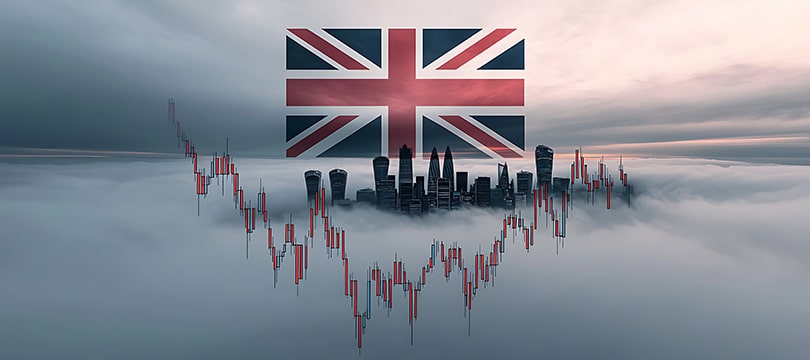Slow vs. Fast Trading: How Economic Calendar Usage Differs
September 14, 2021

Slow Trading differs in many aspects from fast trading. From these two approaches, in fact, many strategies descend, which in turn determine a diversified way of thinking and substantially transfigure the investment activity in their own image and likeness.
Among the various differences, some concern the use of a universally recognized resource as necessary: the economic calendar. To be clear, both those who practice slow trading and those who practice fast trading refer to the economic calendar. Only in a... Different way.
Let's delve into the topic in this article. We will talk about the economic calendar, its centrality for trading, and finally, we will discuss the economic calendar from the perspective of the slow trader and the fast trader.
The Centrality of the Economic Calendar
The economic calendar reports all the important events for the market that concern the economy, finance, and in some cases, even politics. A worthy economic calendar generally reports the name of the event, the day and time it will occur, and an indicator of importance (usually stars present in a number from one to three).
It also reports the context on which the event exerts the greatest influence. For example, the publication of the ECB's monetary policy decisions is accompanied by the symbol representing the European Union flag. Obviously, it also reports the expected data and the data relating to the last survey.
Incidentally, when an event affects a particular asset, it is considered a "market mover" for the asset in question.
What is the purpose of the economic calendar? At a superficial level, the answer is very simple: to know those events that have a high probability of affecting asset prices. In general, knowing what is about to happen and correctly estimating the outcome of events means being able to understand in advance where the market will move. In short, the purpose is similar to that achieved by technical analysis, but the methods and even the dynamics are different. Indeed, radically different.
Technical analysis postulates that history repeats itself, and that everything is discounted by prices. Fundamental analysis, on the other hand, affirms the absolute necessity to look beyond prices, to what happens outside the market but which from the outside can influence it.
It appears evident to those who are not involved in ideological disputes and useless debates that technical analysis and fundamental analysis, therefore the study of the chart and the study of what is reported by the economic calendar, are complementary. Technical analysis and fundamental analysis can provide one with the counterproof of the other's evidence. They can and must coexist, as they simply provide the scenario taken from two different perspectives.
General Tips for Using the Economic Calendar
Regardless of the strategy used and the time horizon adopted, some precautions are necessary to use the economic calendar correctly.
The first precaution concerns the selection of events to follow, analyze, and study. It is impossible, counterproductive, and substantially useless to examine the entire economic calendar. The reason is simple: a good part of the reported events do not concern and do not generate a significant impact on the assets in the portfolio.
Therefore, the advice is to review the events and select those that can exert an influence. Be careful, the influence can be direct, if there is a communion of geographical contexts (e.g., the ECB with respect to the euro), but also indirect. It is therefore necessary to have a wealth of skills and knowledge concerning the dynamics of interaction and interdependence between assets, contexts, and events.
Another piece of advice is to develop analysis practices, in order to optimize the time devoted to the analysis itself. Studying the economic calendar and trying to draw useful evidence for trading activity can require a lot of time and energy.
It's obvious: time is money, and it is even more so if you practice trading. This is always true, but especially when the trader is not supported by automatic trading tools. Some experienced traders advise creating a routine, perhaps always dedicating the same amount of time and the same time slot to fundamental analysis, with the possibility of adjusting and intervening if necessary.
Finally, a "painful" but useful piece of advice: study the past. The best way to understand how much each single event in the economic calendar weighs on the assets in the portfolio is to study how the same events and the same assets interacted in the past. The advice is painful because the study activity, in this case, is pregnant and heavy, especially long.
Economic Calendar and Trading Strategies
Let's now move on to the question that opened the article: how does the use of the economic calendar change from slow trading to fast trading? Obviously, answering this question is anything but simple. There are two reasons. First, the very concepts of slow trading and fast trading are simplifiers. There is a plethora of strategies and approaches that come close to either the one or the other ideal.
Second, it is not a given that all fast traders use the economic calendar in the same way; and the same naturally applies to slow traders as well. The trader still has the faculty to personalize the practices and has every right to find his way to profit. Therefore, it is in any case a matter of generalizing. Certainly, we can arrange a reflection, in order to define the tendential approach.
The problem of the abundance of strategies and approaches still remains. One solution, for this type of question, is to consider two strategies at opposite ends of the spectrum and use them as yardsticks for all other strategies. We could consider Scalping and Swing Trading. Why not long-term trading? The reason is simple: for this type of trading, the economic calendar assumes a less important role. It trades based on long cycles, which are not influenced much by weekly, monthly news, etc.
So, here are the differences between the use that generally a scalper makes of the economic calendar, and the use that a swing trader just as generally makes of it.
The Economic Calendar and the Scalper
For those who don't know, scalping is the most extreme "fast" strategy of all. The scalper's goal is to exploit small price oscillations, so he has to enter and exit the market within a few minutes. It's a difficult strategy, as it requires intuition, knowledge, and an ability to make radical decisions. It's also stressful, precisely because the time available is always limited.
Well, scalpers generally use the economic calendar precisely to sense the moment when the price will move abruptly. They act on a razor's edge, on the moment. Obviously, they must be able on the one hand to sense the outcome of the event, and on the other to understand how - based on that outcome - the price will move.
Let's give an example: the ECB is about to communicate its monetary policy decisions. The scalper must first sense the decision and secondly move with maximum speed to enter the market and exit with the "loot".
It is enough for him to get one of the two actions wrong for the maneuver to go wrong. And the example we have given is not even the most extreme. After all, monetary policy decisions, if not exactly announced, come close to it. Other events, or rather market movers, pose greater difficulties and express an outcome that is complicated to predict.
The Economic Calendar and the Swing Trader
To tell the truth, Swing Trading is not a slow trading strategy. It could be defined as a medium-term trading strategy, as it exploits large price oscillations, i.e., trends. Swing Trading tries to understand when the asset stably reverses the trend and starts a new one.
For this reason, it relies on technical analysis more than on fundamental analysis, as trends are more often supported by slightly more structured elements than news capable of breaking (often momentarily) the balance.
Does this mean that the swing trader ignores the economic calendar? Of course not. He simply uses it in a... Different way. He studies it, detects the events that can impact the market, judges their influence and... Avoids them. Exactly, in the vast majority of cases, the swing trader uses the economic calendar to understand when not to enter the market, as the trend could be somehow compromised or deviate from its natural trajectory.
This attitude poses the need to develop important skills regarding the study of the economic calendar and, consequently, fundamental analysis.




